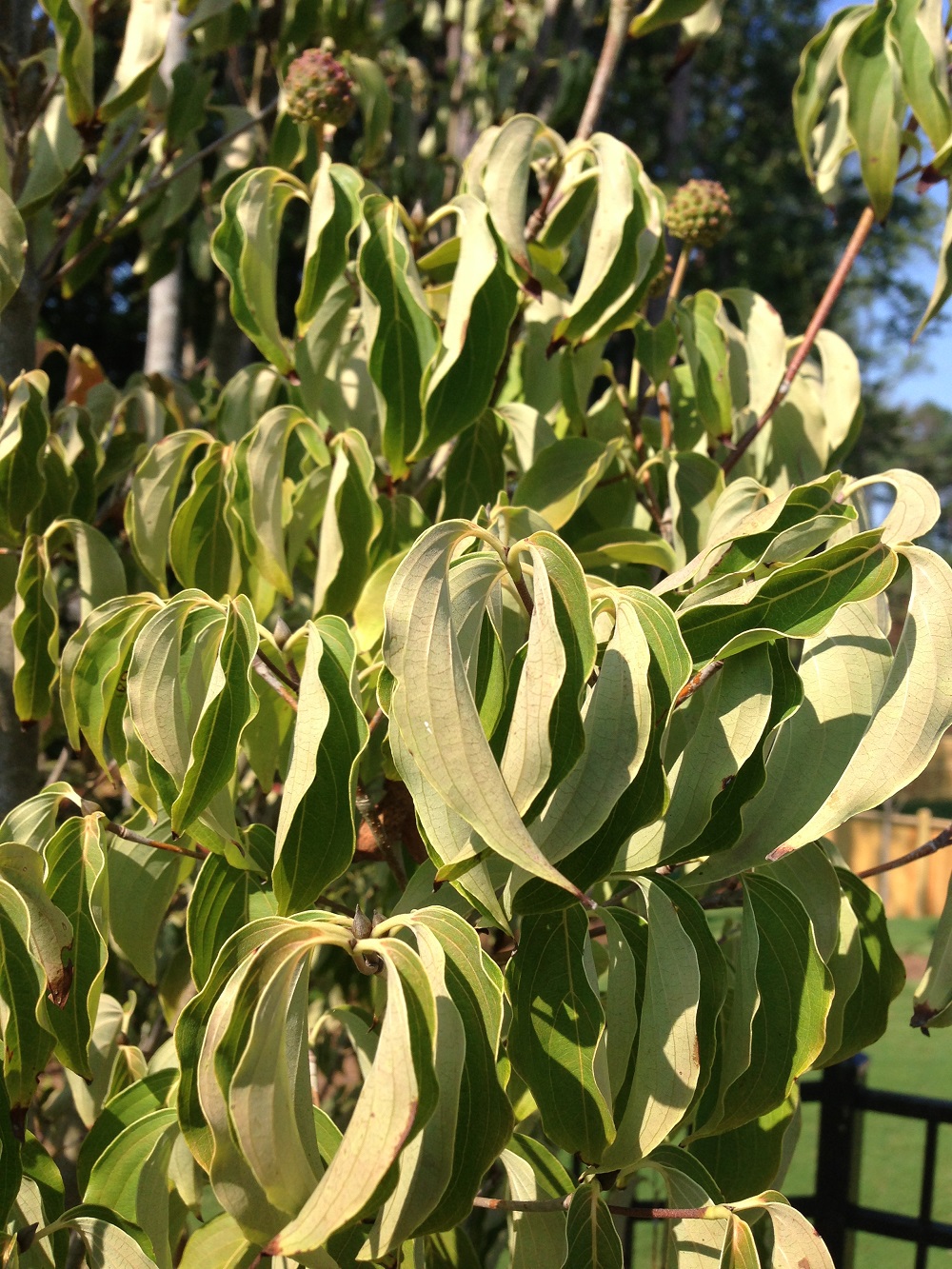

It is widespread in the Coast Ranges, the Klamath-Siskiyou Mountains, and the foothills of the Cascade Range and the northern Sierra Nevada, obtaining best development in southern Oregon.
SITE CHARACTERISTICS AND PLANT COMMUNITIESġ971 USDA, Forest Service map provided by īigleaf maple grows in mountainous regions. macrophyllumĪcer macrophyllum Pursh forma rubrum Murray ĭISTRIBUTION AND OCCURRENCE SPECIES: Acer macrophyllum kimballi HarrarĪcer macrophyllum Pursh var. The scientific name of bigleaf maple is Acer macrophyllum PurshĪcer macrophyllum Pursh var. database/feis/plants/tree/acemac/all.html Rocky Mountain Research Station, Fire Sciences Laboratory (Producer). Department of Agriculture, Forest Service, BOTANICAL AND ECOLOGICAL CHARACTERISTICSįryer, Janet L. Do not include obviously immature fruits that have dropped before ripening, such as in a heavy rain or wind, or empty fruits that had long ago dropped all of their seeds but remained on the plant. One or more mature fruits or seeds have dropped or been removed from the plant since your last visit. For Acer macrophyllum, a fruit is considered ripe when it has turned tan or brownish and readily drops from the plant when touched. One or more ripe fruits are visible on the plant. For Acer macrophyllum, the fruit is two joined seeds in a "V" shape, each seed having a wing, that changes from green to tan or brownish and drops from the plant. One or more fruits are visible on the plant. One or more flowers on the plant release visible pollen grains when gently shaken or blown into your palm or onto a dark surface. Flowers are considered "open" when the reproductive parts (male stamens or female pistils) are visible between or within unfolded or open flower parts (petals, floral tubes or sepals). One or more open, fresh flowers are visible on the plant. Also do not include wilted or dried flowers. Include flower buds or inflorescences that are swelling or expanding, but do not include those that are tightly closed and not actively growing (dormant). One or more fresh open or unopened flowers or flower buds are visible on the plant. One or more leaves are falling or have recently fallen from the plant. Do not include fully dried or dead leaves that remain on the plant. Do not include small spots of color due to minor leaf damage, or dieback on branches that have broken. One or more leaves show some of their typical late-season color, or yellow or brown due to drought or other stresses. Do not include new leaves that continue to emerge at the ends of elongating stems throughout the growing season. 
#Big leaf maple full size#
Do not include fully dried or dead leaves.Ī majority of leaves on the plant have not yet reached their full size and are still growing larger. A leaf is considered "unfolded" once its entire length has emerged from a breaking bud, stem node or growing stem tip, so that the leaf stalk (petiole) or leaf base is visible at its point of attachment to the stem. One or more live, unfolded leaves are visible on the plant. A leaf bud is considered "breaking" once a green leaf tip is visible at the end of the bud, but before the first leaf from the bud has unfolded to expose the leaf stalk (petiole) or leaf base.

One or more breaking leaf buds are visible on the plant. Local, regional and community food systems.Commercial fishing, crabbing and clamming.







 0 kommentar(er)
0 kommentar(er)
